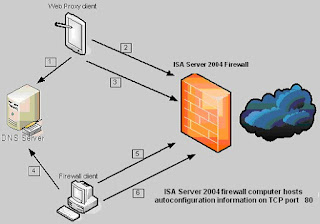Suffix Proxies List 4 February 2016 - Suffix proxies are employed scantily in comparison to other proxies. Rather than use PHP to digest the page and spit it out, it uses the DNS wildcard. DNS can be a domain name system which changes complex addresses to varied domains.
For instance, let's imagine the suffix proxy is positioned at rtg.com and you also want to view example.com through it. For this, you can visit rtg.com, wherein it displays your website on browser. Suffix proxies give the user to gain access to the content in web by such as the name of proxy server on the requested content URL. Compared to regular proxy servers, suffix proxy servers are easier to use.
This concept first started in the form of IPV gate in 2003 and in the type of Coral distribution network in 2004. However, it took four years to the term suffix proxy to obtain included.
Functioning
These sorts of proxies stand as intermediaries for online users who seek resources from various online sources. Suffix Proxies List 4 February 2016 as follows:
Online users (technically often known as clients) connect for the server seeking services made available from various servers. The proxy server, on receiving the request, performs evaluation - through traffic filtration, but with the IP address.
In case the request is granted, the proxy server offers resources by soliciting service on client's behalf or by connecting towards the relevant server.
Purpose of Suffix Proxies
A suffix proxy server offers or does two functions. Firstly, it uses caching to speed up access for the resource. Secondly, it retains the device anonymously - basically for security purposes.
Suffix proxies retrieve content saved from former requests manufactured by the same client, thereby conducting the acceleration of service requests. Suffix proxies also lessen the cost of hardware installations.
Suffix proxies are specifically helpful for new network systems and people for whom security plays a huge role.

